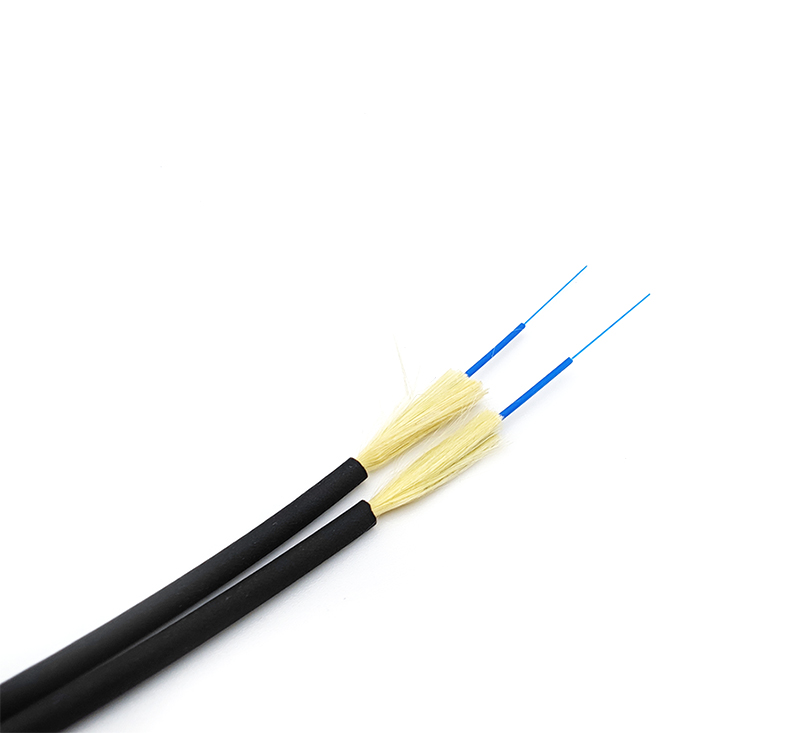Everyone knows that fiber optic cable is the transmission method that is used for long-distance data transmission, because it has the characteristics of reliable function, high quality, faster speed, low route loss, and long transmission distance. Due to the long-distance transmission, the optical fiber cable on the ground is generally stipulated to have a safe application period of more than 20 years, while the submarine cable management system stipulates a higher safety application period of more than 25 years.
Therefore, how to extend the service life of the optical fiber cable is a problem that everyone is very concerned about if the optical fiber cable is correctly used in the optical fiber routing. Below, we talk about how to extend the service life of optical fiber cables from the structural level of optical cables and cables.
There are three major factors affecting the service life of optical fiber cables: ① the long-term effect of the residual stress when the optical fiber cable is laid unreasonably; ② the appearance and expansion of micro-cracks on the surface of the optical fiber; ③ the molecular structure of water and water vapor in the ambient air on the surface of the optical fiber. erosion, etc.

Due to the above reasons, the impact toughness of the optical fiber based on the quartz glass tube is gradually reduced, the attenuation is gradually expanded, and finally the optical fiber is cracked, and the optical fiber cable cannot be used again.
When the fiber is in a vacuum, because there is no moisture, it is not easy to suffer from stress erosion. The main fatigue parameter n is the highest value, and the fiber also has a high compressive strength. The strength at this time is the plastic compressive strength of the fiber. , called Si. The service life ts of the optical fiber in the application natural environment is related to the stress σ it performs and the plastic compressive strength Si of the fiber as follows: lgts=-nlgσ+lgB+(n-2)lgSi The latter in the above formula Both terms are parameters, so when the stress σ is subjected to constant time concept, the service life ts of the fiber is only related to the value of n, the main parameter of fiber fatigue. The larger the value of n, the longer the fiber life ts.










